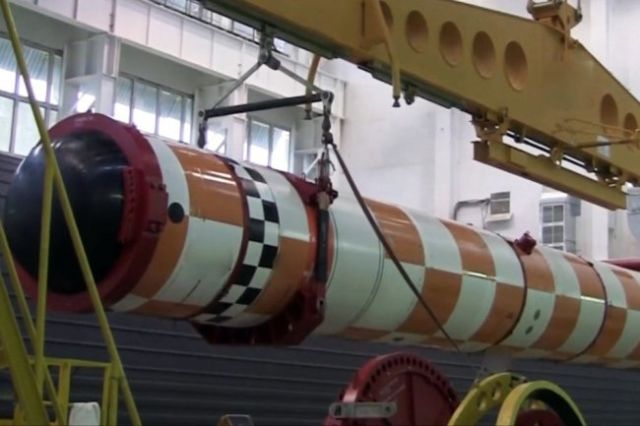The widespread use of unmanned vehicles: flying, surface and underwater, is an important part of the modernization of the Russian Navy. Drones will rid the ships of some intelligence tools, providing in return more advanced and powerful tools for monitoring the situation, and will allow the fleet to successfully resist new threats - for example, hypersonic weapons.
The Russian military fleet is being systematically transformed into a more compact and efficient force, writes The National Interest . The new approach to the formation of a single information space involves the intensive use of combat unmanned aerial vehicles and uninhabited underwater vessels, said Oleg Savchenko, director of the Krylov Center. Underwater drones, he said, will be able to work in a swarm - just like their aerial counterparts.
One of the latest unmanned projects being developed in Russia is the Grom air system, which can control a swarm of 10 small Molniya drones. The latter can be used both for reconnaissance and as a kamikaze. The Molniya drones constantly interact with each other and with the carrier vehicle, the Kronshtadt development company said.
The unobtrusive attack drone "Hunter" can interact with the amphibious assault ships of the project 23900 "Ivan Rogov". However, the most interesting and expected Russian drone for the Navy is the Poseidon. A giant autonomous torpedo with a nuclear engine and a thermonuclear warhead is elusive for existing anti-submarine weapons, capable of bringing down radioactive tsunamis on the coast and destroying aircraft carrier groups.
Special - purpose submarines of the Belgorod type will carry six Poseidons each.
Anton Valagin

